Jiawei Han, Micheline Kamber, Jian Pei1558609016, 9781558609013
Table of contents :
Title page……Page 6
Copyright page……Page 7
Dedication……Page 8
Table of contents……Page 10
Foreword……Page 20
Preface……Page 22
Organization of the Book……Page 23
To the Instructor……Page 25
To the Professional……Page 26
Book Websites with Resources……Page 27
Acknowledgments for the Second Edition of the Book……Page 28
1.1 What Motivated Data Mining? Why Is It Important?……Page 30
1.2 So, What Is Data Mining?……Page 34
1.3 Data Mining—On What Kind of Data?……Page 38
1.4 Data Mining Functionalities—What Kinds of Patterns Can Be Mined?……Page 50
1.5 Are All of the Patterns Interesting?……Page 56
1.6 Classification of Data Mining Systems……Page 58
1.7 Data Mining Task Primitives……Page 60
1.8 Integration of a Data Mining System with a Database or Data Warehouse System……Page 63
1.9 Major Issues in Data Mining……Page 65
1.10 Summary……Page 68
Exercises……Page 69
Bibliographic Notes……Page 71
2 Data Preprocessing……Page 76
2.1 Why Preprocess the Data?……Page 77
2.2 Descriptive Data Summarization……Page 80
2.3 Data Cleaning……Page 90
2.4 Data Integration and Transformation……Page 96
2.5 Data Reduction……Page 101
2.6 Data Discretization and Concept Hierarchy Generation……Page 115
Exercises……Page 126
Bibliographic Notes……Page 130
3.1 What Is a Data Warehouse?……Page 134
3.2 A Multidimensional Data Model……Page 139
3.3 Data Warehouse Architecture……Page 156
3.4 Data Warehouse Implementation……Page 166
3.5 From Data Warehousing to Data Mining……Page 175
3.6 Summary……Page 179
Exercises……Page 181
Bibliographic Notes……Page 183
4.1 Efficient Methods for Data Cube Computation……Page 186
4.2 Further Development of Data Cube and OLAP Technology……Page 218
4.3 Attribute-Oriented Induction—An Alternative Method for Data Generalization and Concept Description……Page 227
4.4 Summary……Page 247
Exercises……Page 248
Bibliographic Notes……Page 252
5.1 Basic Concepts and a Road Map……Page 256
5.2 Efficient and Scalable Frequent Itemset Mining Methods……Page 263
5.3 Mining Various Kinds of Association Rules……Page 279
5.4 From Association Mining to Correlation Analysis……Page 288
5.5 Constraint-Based Association Mining……Page 294
5.6 Summary……Page 301
Exercises……Page 303
Bibliographic Notes……Page 309
6.1 What Is Classification? What Is Prediction?……Page 314
6.2 Issues Regarding Classification and Prediction……Page 318
6.3 Classification by Decision Tree Induction……Page 320
6.4 Bayesian Classification……Page 339
6.5 Rule-Based Classification……Page 347
6.6 Classification by Backpropagation……Page 356
6.7 Support Vector Machines……Page 366
6.8 Associative Classification: Classification by Association Rule Analysis……Page 373
6.9 Lazy Learners (or Learning from Your Neighbors)……Page 376
6.10 Other Classification Methods……Page 380
6.11 Prediction……Page 383
6.12 Accuracy and Error Measures……Page 388
6.13 Evaluating the Accuracy of a Classifier or Predictor……Page 392
6.14 Ensemble Methods—Increasing the Accuracy……Page 395
6.15 Model Selection……Page 399
6.16 Summary……Page 402
Exercises……Page 404
Bibliographic Notes……Page 407
7.1 What Is Cluster Analysis?……Page 412
7.2 Types of Data in Cluster Analysis……Page 415
7.3 A Categorization of Major Clustering Methods……Page 427
7.4 Partitioning Methods……Page 430
7.5 Hierarchical Methods……Page 437
7.6 Density-Based Methods……Page 447
7.7 Grid-Based Methods……Page 453
7.8 Model-Based Clustering Methods……Page 458
7.9 Clustering High-Dimensional Data……Page 463
7.10 Constraint-Based Cluster Analysis……Page 473
7.11 Outlier Analysis……Page 480
7.12 Summary……Page 489
Exercises……Page 490
Bibliographic Notes……Page 493
8 Mining Stream, Time-Series, and Sequence Data……Page 496
8.1 Mining Data Streams……Page 497
8.2 Mining Time-Series Data……Page 518
8.3 Mining Sequence Patterns in Transactional Databases……Page 527
8.4 Mining Sequence Patterns in Biological Data……Page 542
8.5 Summary……Page 556
Exercises……Page 557
Bibliographic Notes……Page 560
9.1 Graph Mining……Page 564
9.2 Social Network Analysis……Page 584
9.3 Multirelational Data Mining……Page 600
9.4 Summary……Page 613
Exercises……Page 615
Bibliographic Notes……Page 616
10.1 Multidimensional Analysis and Descriptive Mining of Complex Data Objects……Page 620
10.2 Spatial Data Mining……Page 629
10.3 Multimedia Data Mining……Page 636
10.4 Text Mining……Page 643
10.5 Mining the World Wide Web……Page 657
10.6 Summary……Page 670
Exercises……Page 671
Bibliographic Notes……Page 674
11.1 Data Mining Applications……Page 678
11.2 Data Mining System Products and Research Prototypes……Page 689
11.3 Additional Themes on Data Mining……Page 694
11.4 Social Impacts of Data Mining……Page 704
11.5 Trends in Data Mining……Page 710
11.6 Summary……Page 713
Exercises……Page 714
Bibliographic Notes……Page 716
Appendix: An Introduction to Microsoft’s OLE DB for Data Mining……Page 720
A.1 Model Creation……Page 722
A.2 Model Training……Page 724
A.3 Model Prediction and Browsing……Page 726
Bibliography……Page 732
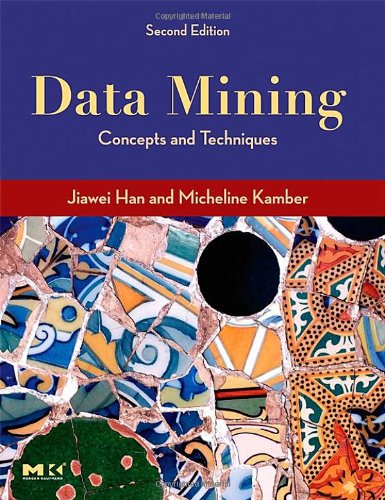
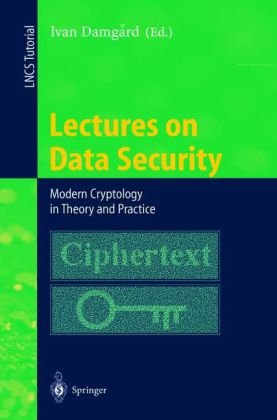
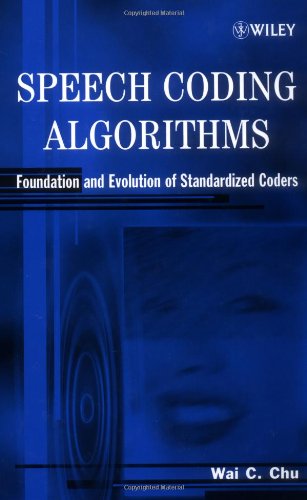

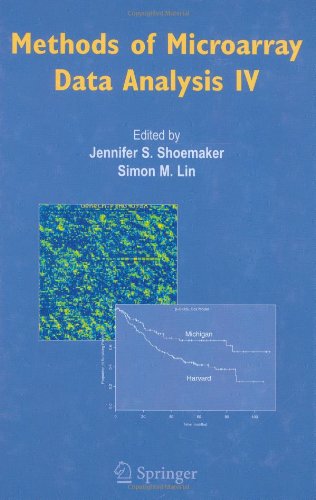

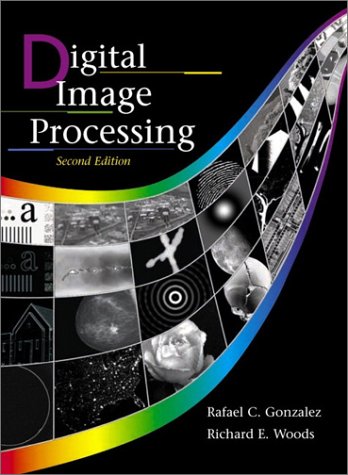
Reviews
There are no reviews yet.